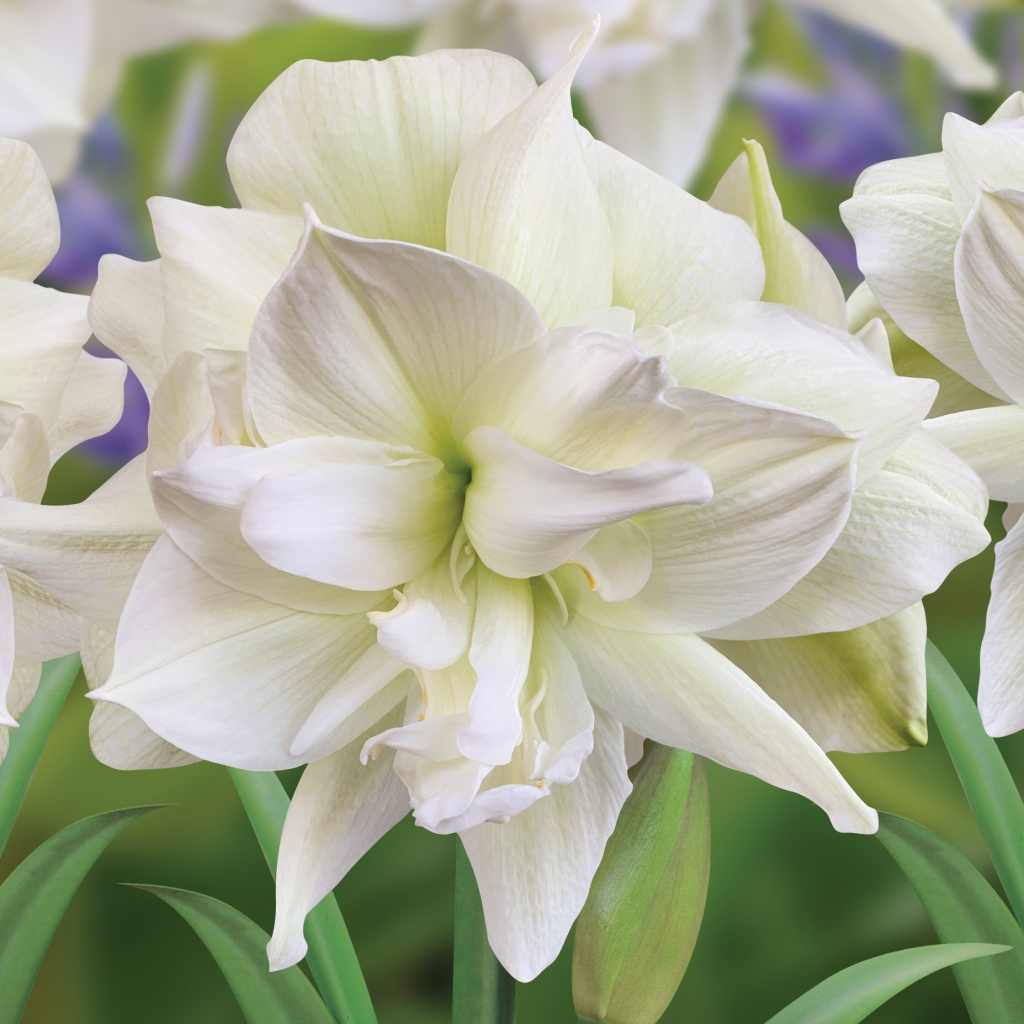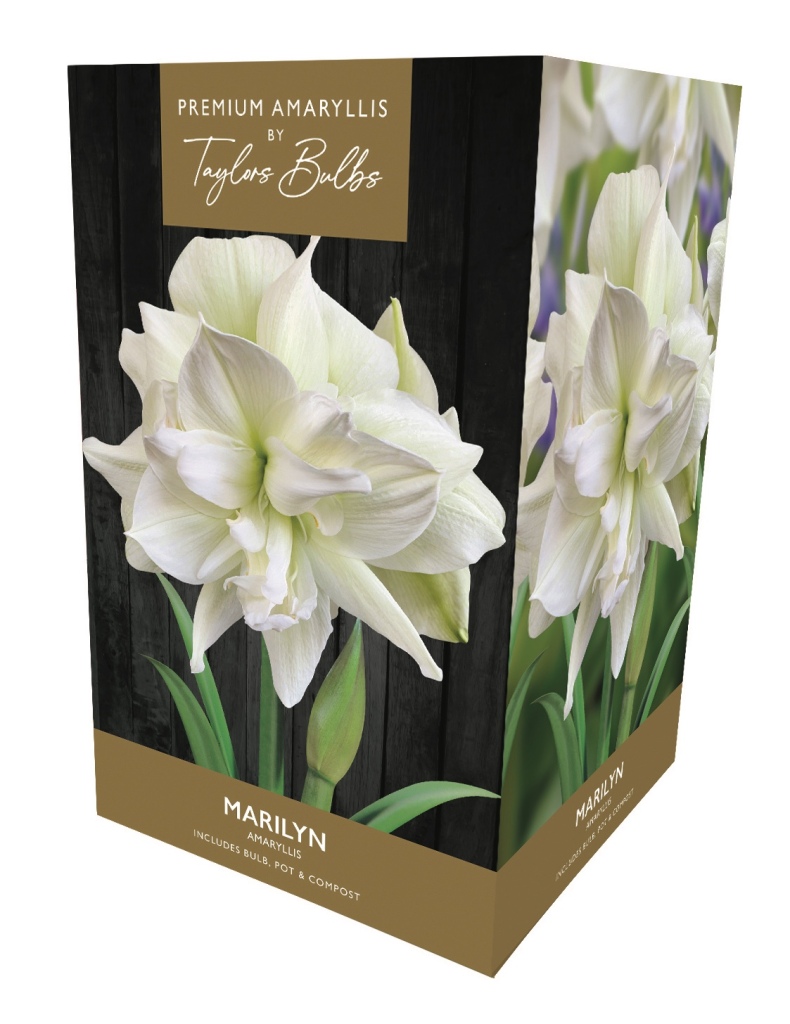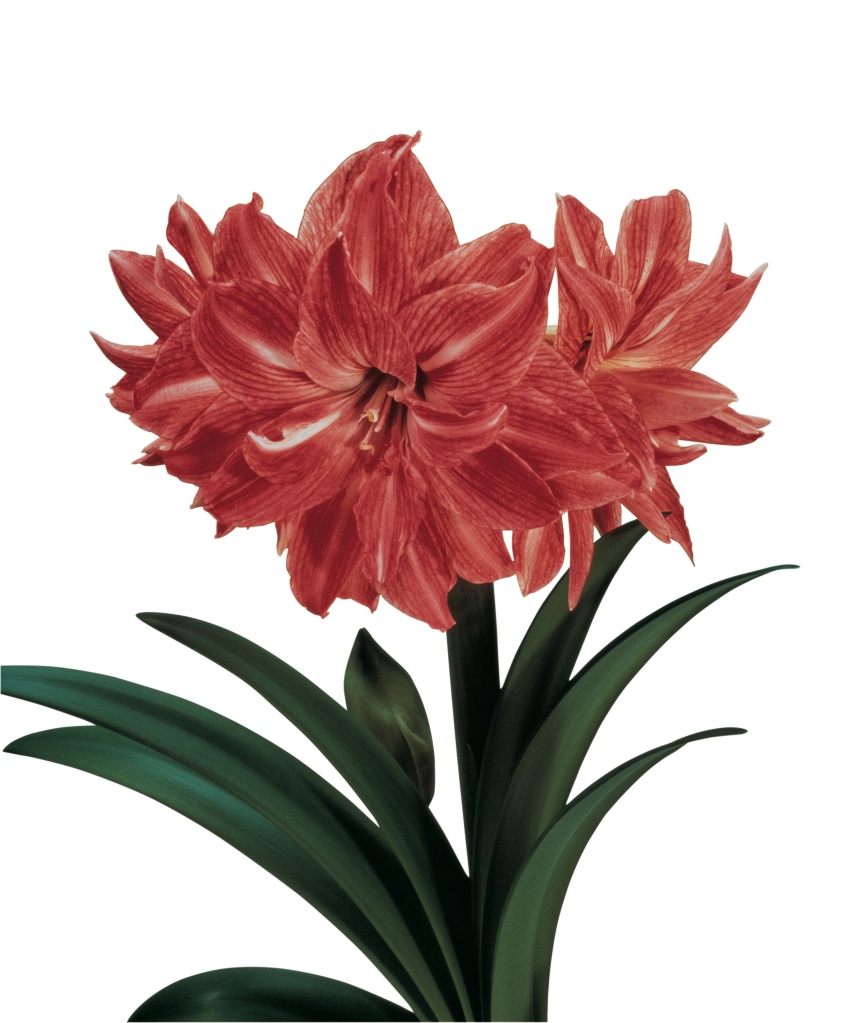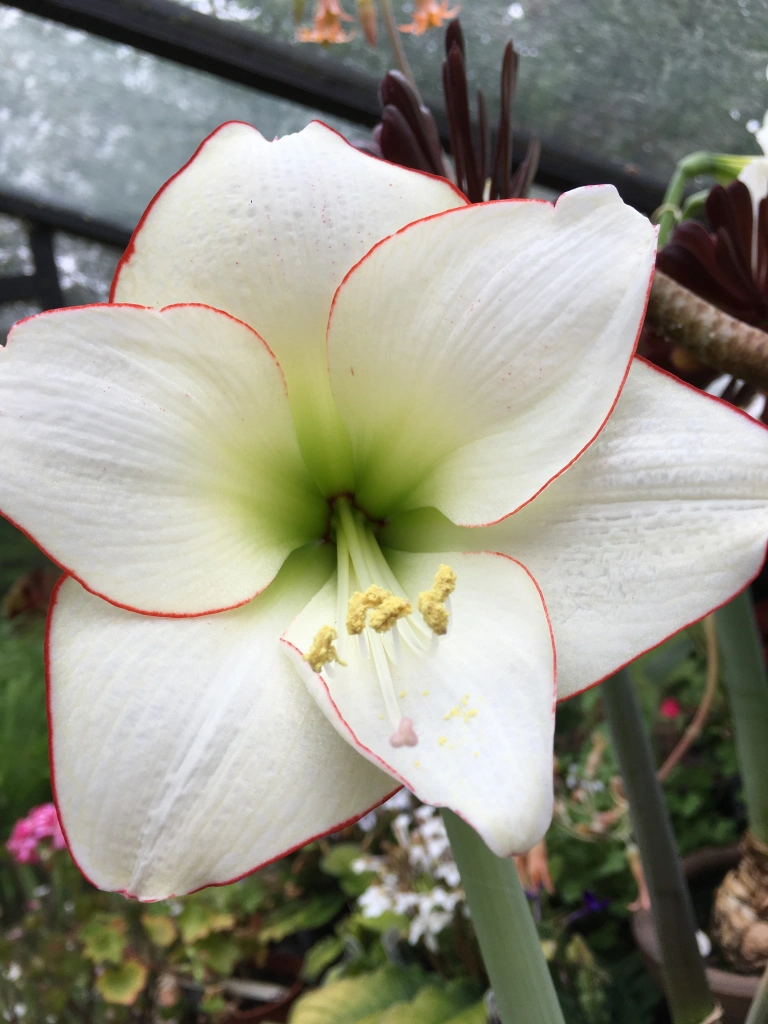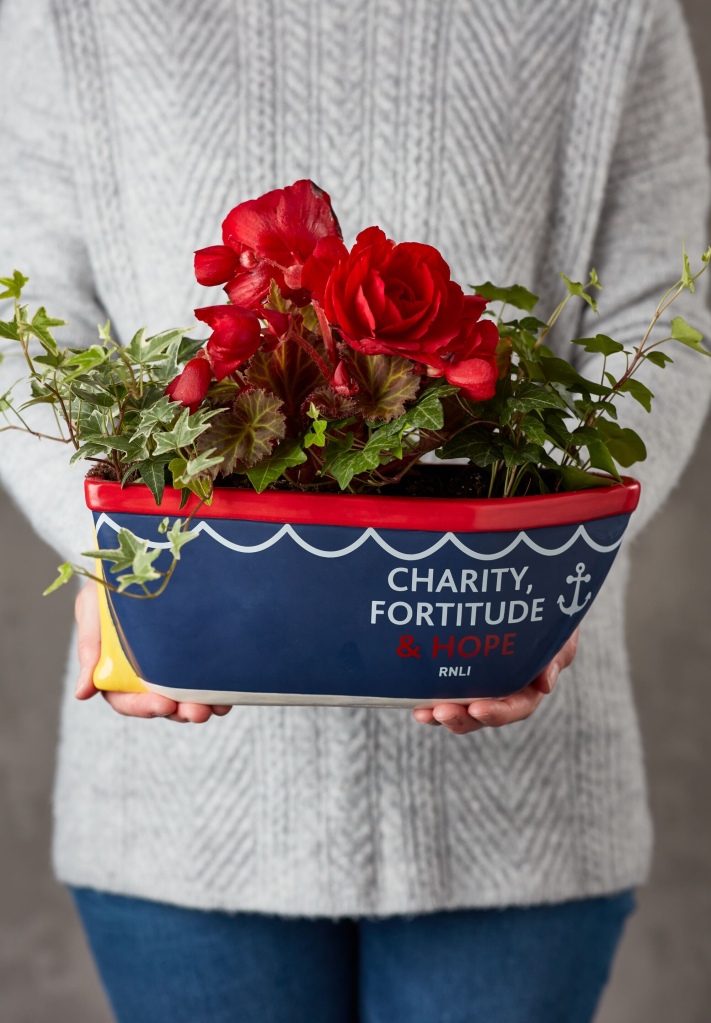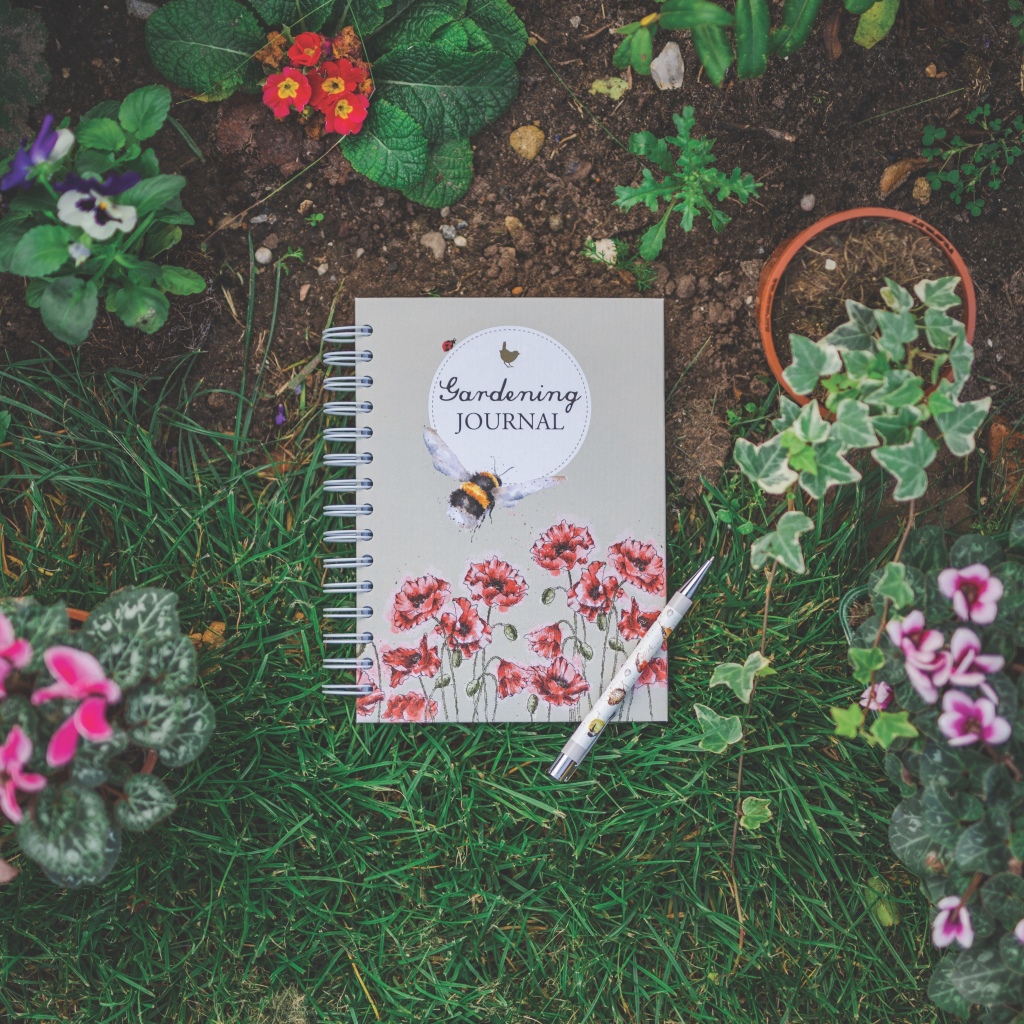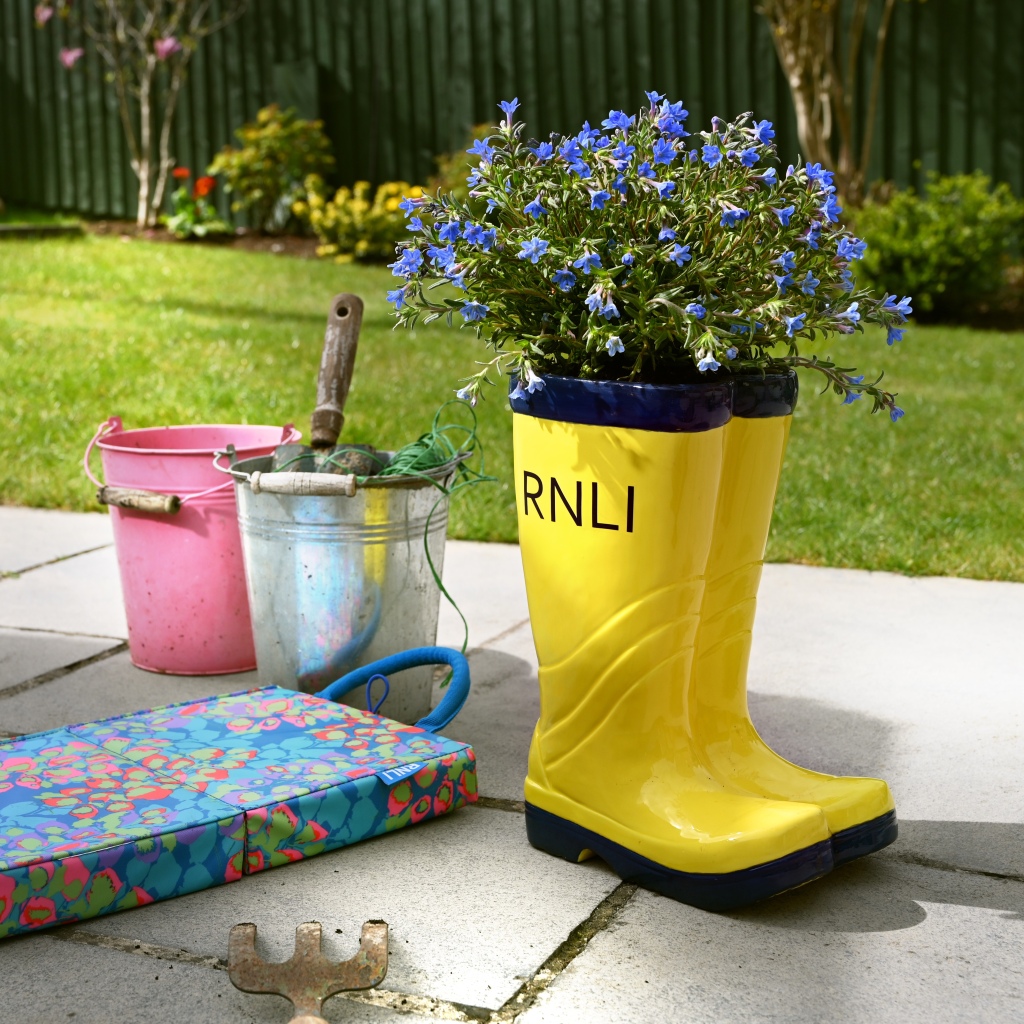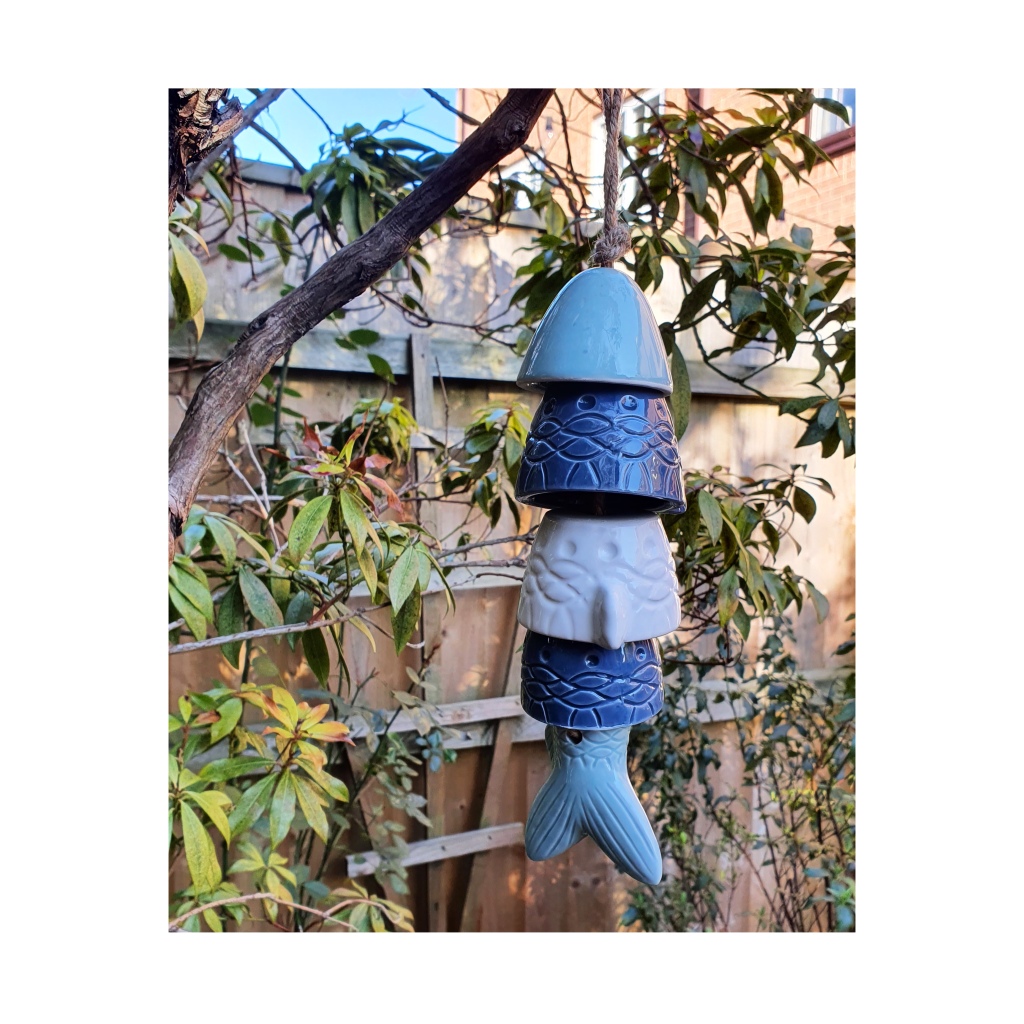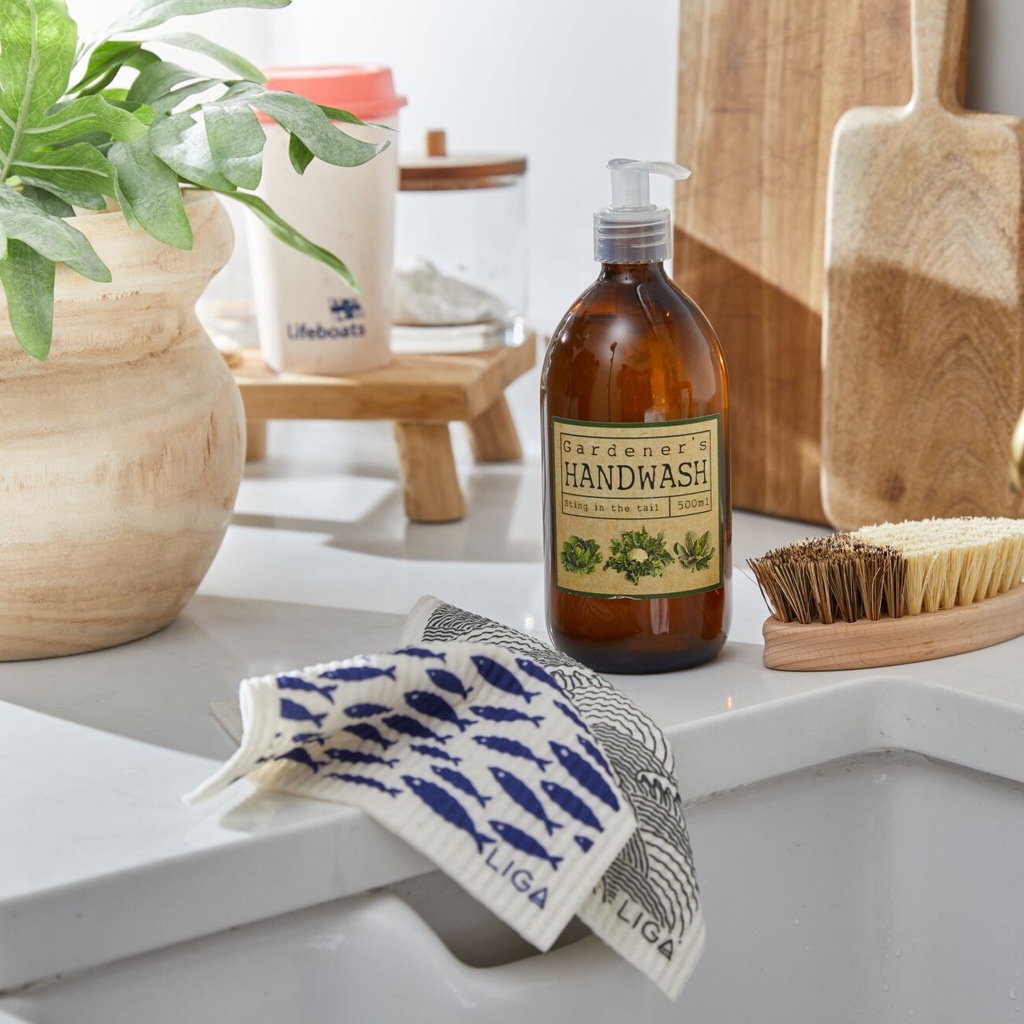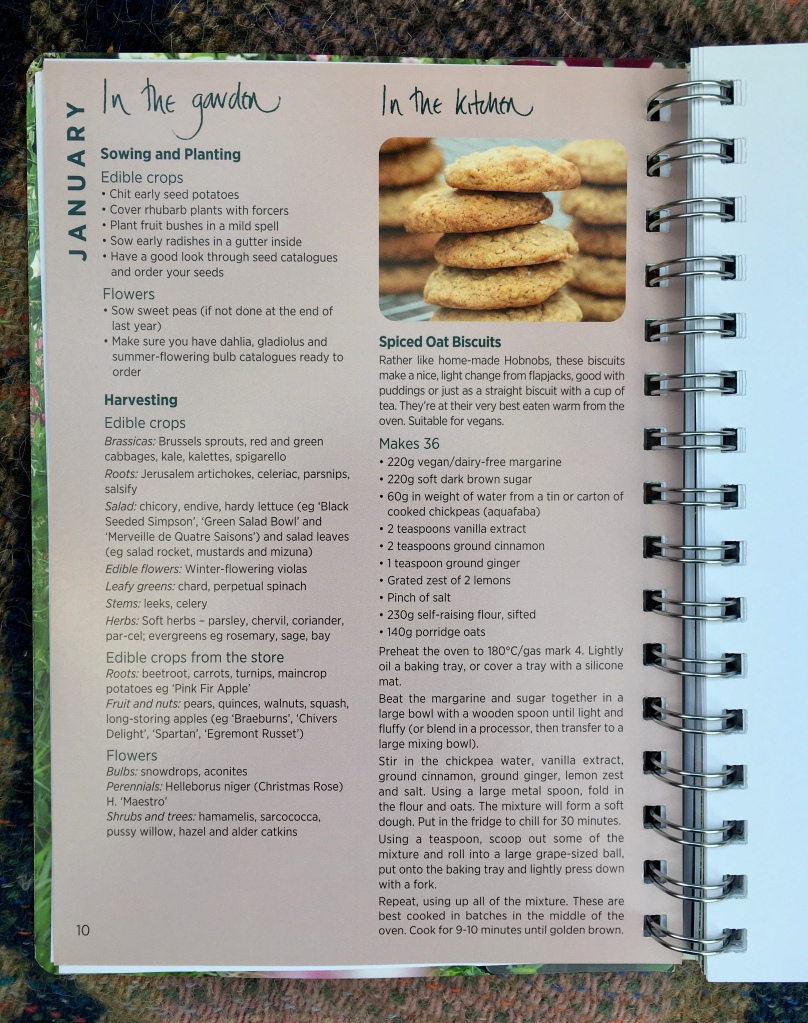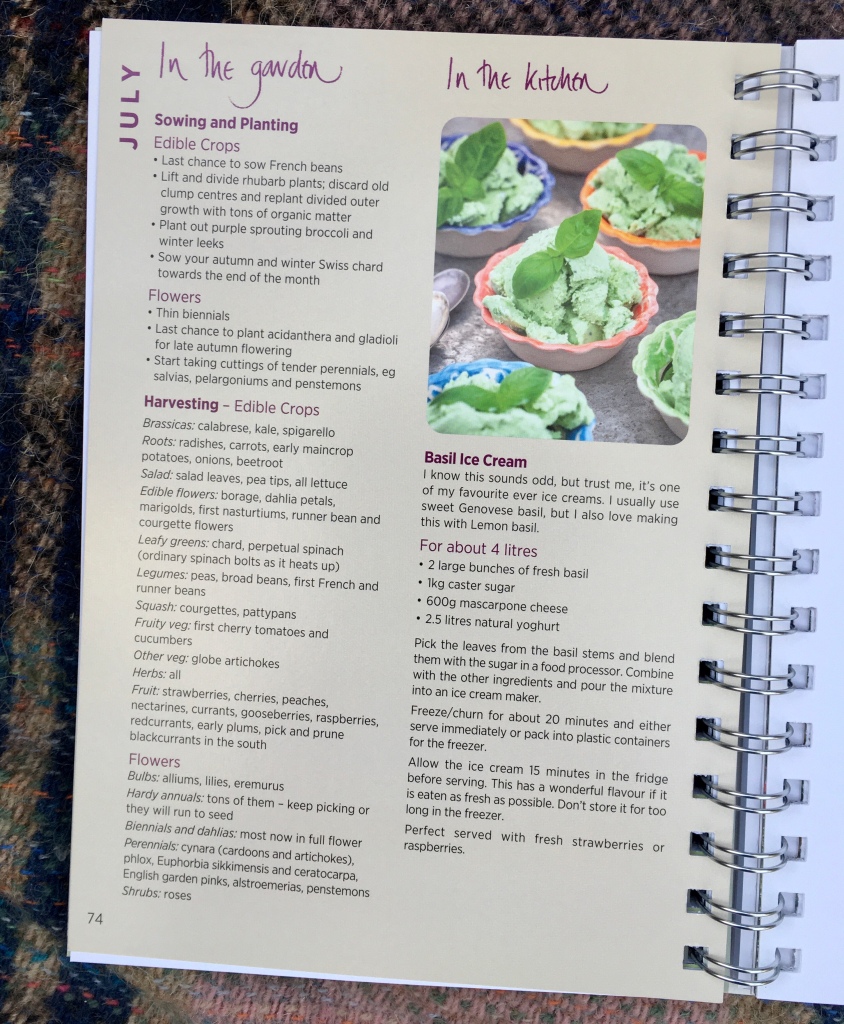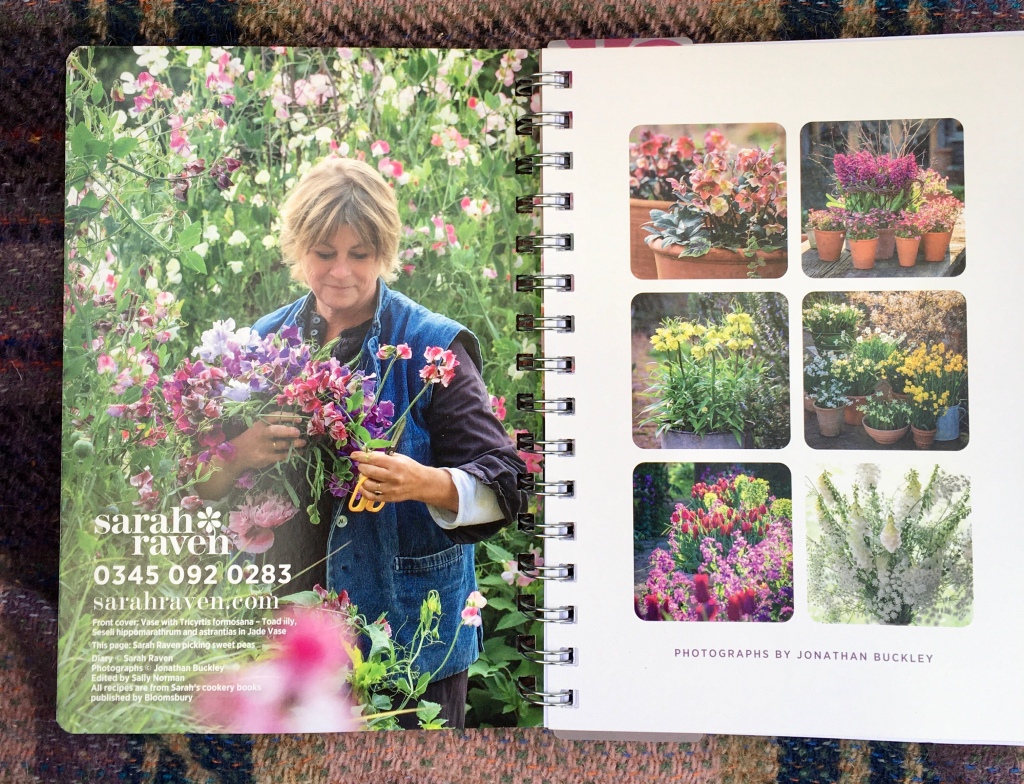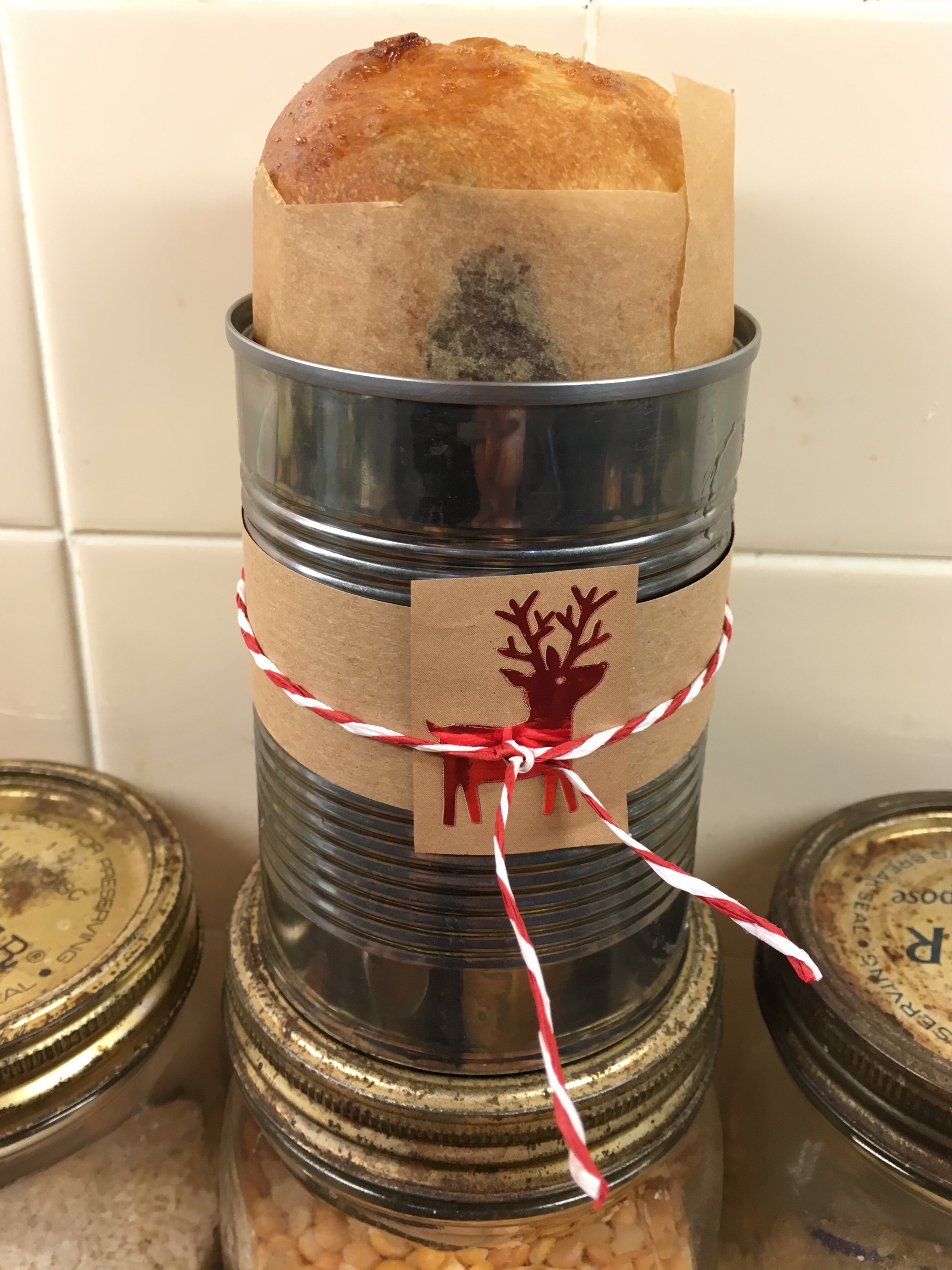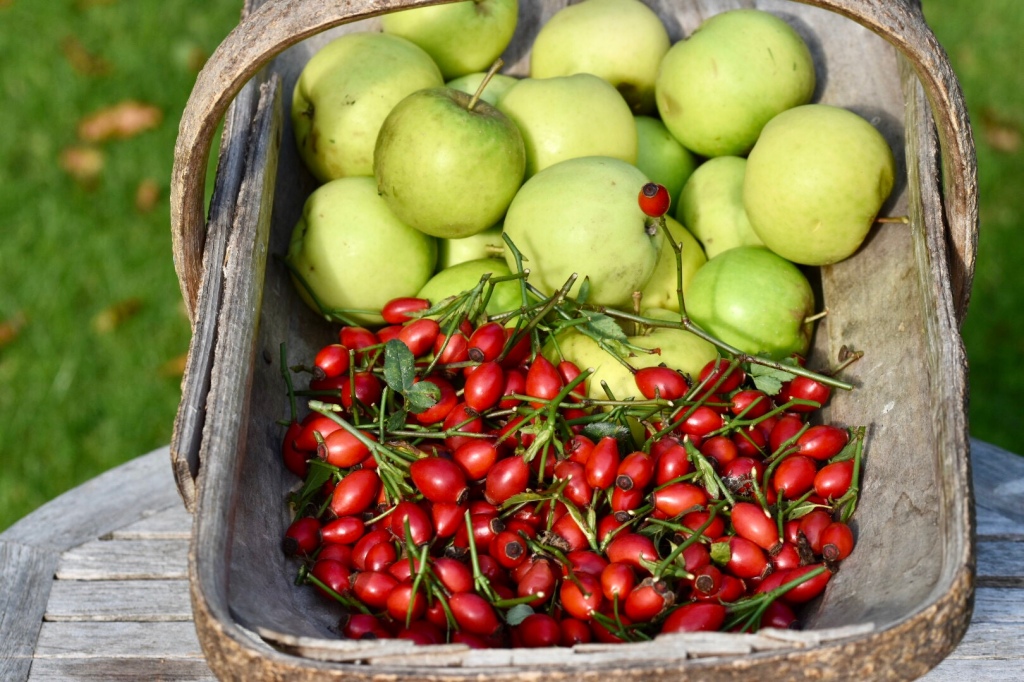
If you were listening in to BBC Radio Leicester this afternoon, here’s the recipe I mentioned for Apple and Rosehip Jelly. My mother-in-law Joan used to make a crab apple jelly similar to this one. Bags of fruit would be tied to the kitchen cupboard doors to drip overnight. Fruit jams and jellies would make a very tasty winter treat, spread on warm buttered toast, or on cakes and scones. This recipe is adapted from a Women’s Institute recipe dating back to 1943. The WI members became famous for making jams and jellies as part of their war effort. Rosehip syrup was a particularly valuable source of vitamin C for children. When my brothers and I were young in the 1960s and 70s, we had a spoon of syrup and a spoon of malt before setting off for school. We also had a spoon of caster oil, which wasn’t quite as welcome!
Ingredients:
makes about 6 jam jars
2kg eating apples
1 kg rosehips
Approx 2.3kg caster sugar -depending on amount of liquid produced.
1 sachet of pectin
Method:
Put a tea plate in the freezer for checking the setting point later.
Wash and core the apples. No need to peel them.
Place apples in a preserving pan and add enough cold water to just cover them.
Simmer until soft.
Roughly chop the rosehips. I used a food processor.
Add rosehips to the apples and cook for a further 15 minutes.
Spoon the pulp into a muslin or jelly bag suspended over a bowl. Don’t allow the bag to touch the bowl.
Start to spoon out the juice straight away so that the bowl doesn’t overspill. Leave the bag overnight to drip.
Measure out the liquid.
For every 600ml add 500g sugar. Return the liquid to the preserving pan.
Heat gently to dissolve the sugar.
Bring to the boil and boil rapidly until the setting point has been reached.
Check using the tea plate and a teaspoon of the jelly. A setting point is reached when the jelly wrinkles when pushed by your finger.
Ladle into clean sterilised jam jars and add labels.
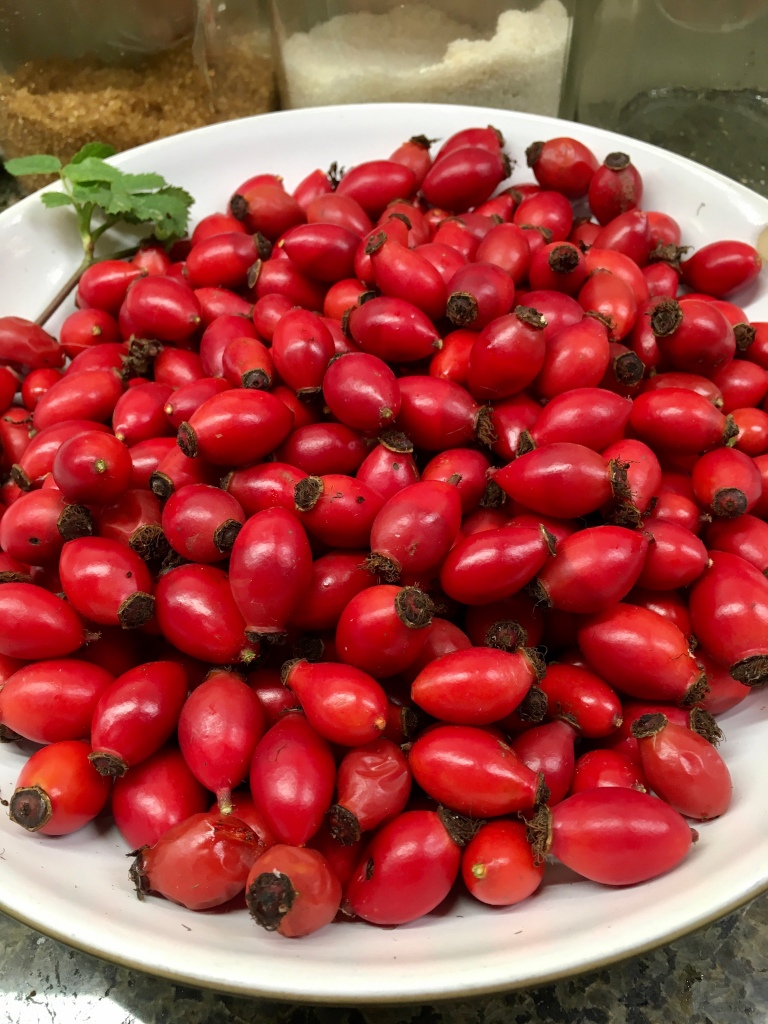
Rosehips should be gathered at the end of October when ripe, but before being damaged by frosts. They are classed as a ‘superfood’ due to their antioxidant properties.


This is the jam and jelly straining kit I bought from Dunelm. The metal frame unscrews for winter storage. The bag is adequate for this amount of pulp. I set it up over a Pyrex pudding bowl, but I did start to scoop out the juice as soon as it started filtering through as I was worried the bowl might overflow overnight. The netting bag is washable and reusable, but you can also buy replacements.

And this is the finished apple and rosehip jelly. It doesn’t taste much of apples, but does taste of roses and summer! Absolutely delicious!
You can listen in to gardening on the radio at 3.10pm every Wednesday. Just ask your smart speaker to tune in to BBC radio Leicester. Or you can listen again on the i-player.
Today we also talked about starting paperwhite narcissi for Christmas.
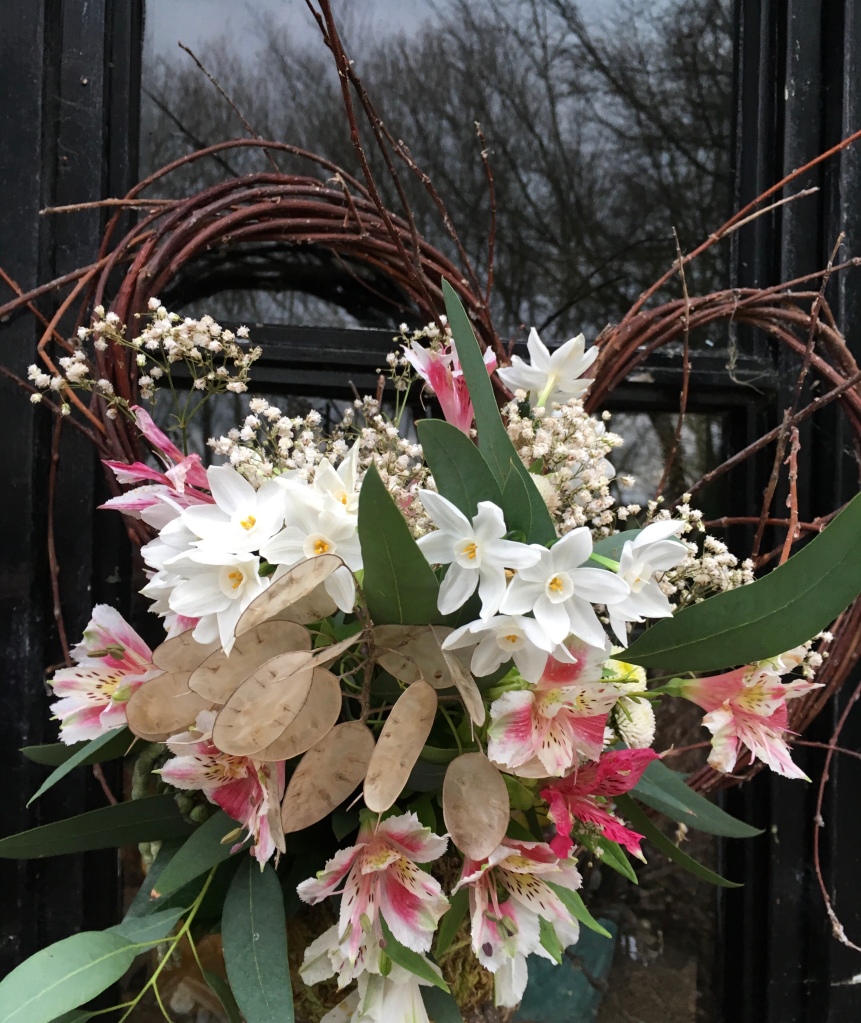
Here’s some I grew for a January flower wreath using a jam jar covered in moss attached to a willow heart frame. We are having to find all sort of ways to get round not using plastic florists’ foam. My hidden jam jar works really well.
We also talked about growing amaryllis for Christmas presents.

Here’s some I grew last winter. I can highly recommend Taylors Bulbs as the size and quality is first class. Bulbs should flower within 6-8 weeks from planting and make a lovely home-grown present.

Ben Jackson and I talked about picking the last dahlias. This one is Eveline from Mr Fothergill’s.
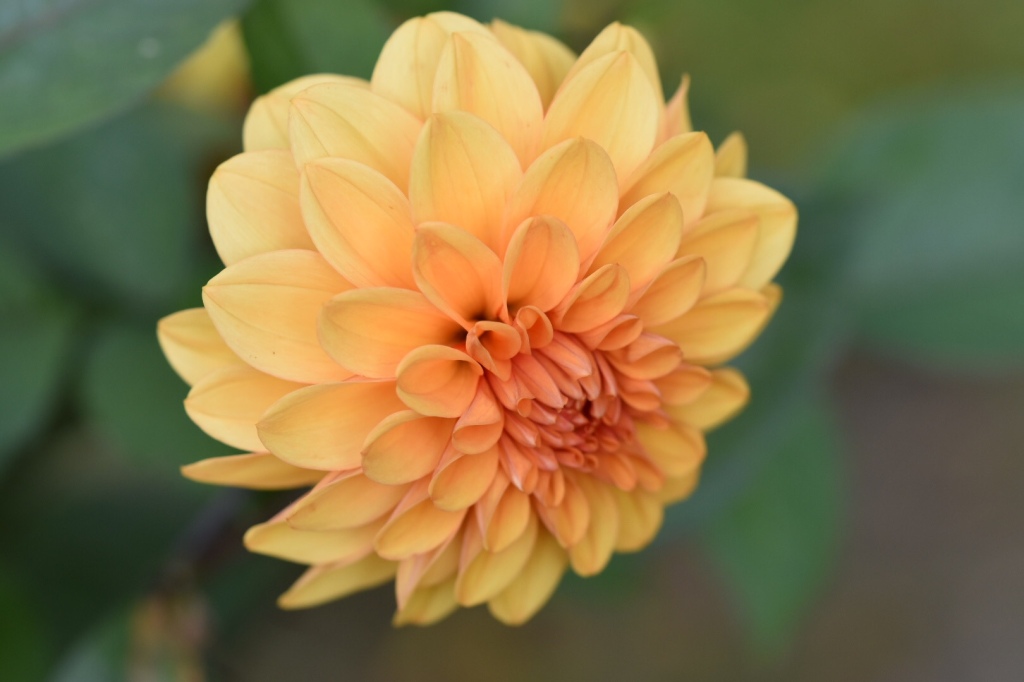
This one is David Howard. I’ll be leaving mine in the ground again this year, covered in a foot of of dried leaves and a cloche to keep them as dry as possible and to protect them from the frost. If you have wet heavy clay soil, it’s best to dig them up and put them in a frost free place such as a garden shed or garage. Thanks for listening in and reading the blog. Have you decided what you are doing about your dahlias yet? We’ve had three night frosts this week, so I’m covering mine already.


